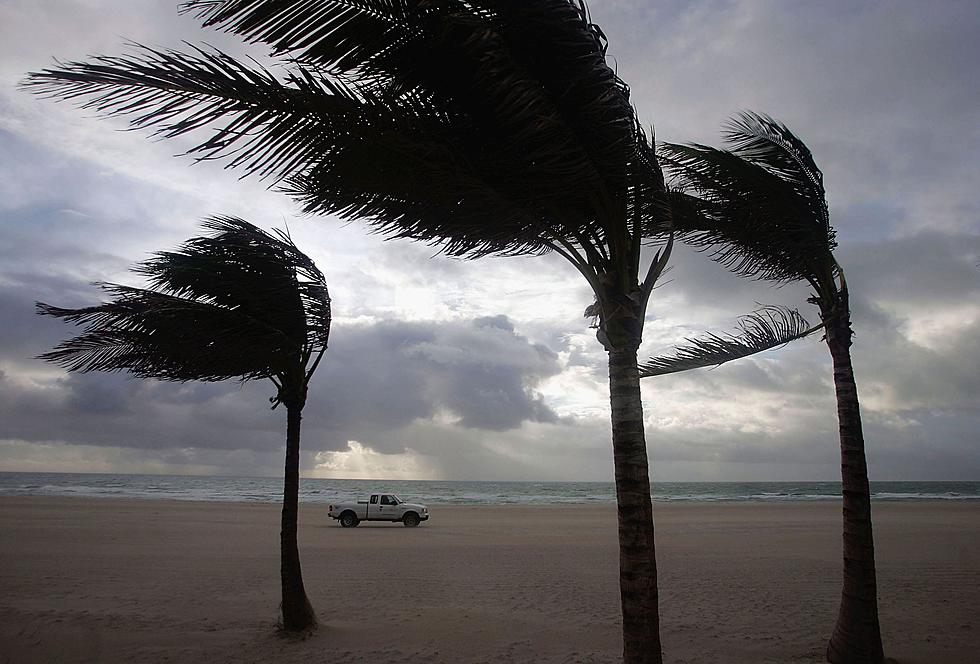
Tropical Storm Elsa Could Affect Parts of Connecticut
According to the National Hurricane Center, at 2:00 PM. on July 6, Tropical Storm Elsa is nearing hurricane strength as it creeps slowly towards a portion of the Florida Gulf Coast.
The projected path of the storm predicts landfall on Florida's West Coast on Wednesday, July 7, followed by a trip heading north up the Atlantic Coast towards the Northeast.
For today, the National Weather Service has issued a Severe Thunderstorm Watch for southern Connecticut until 10 PM, which may include damaging winds with gusts of 65 mph with the possibility of frequent lightning and large hail.

Accuweather predicts that Tropical Storm Elsa will merge with a separate front as it approaches the Northeast starting late Thursday, July 8 into Friday, July 9, bringing strong thunderstorms.
Accuweather has also issued a statement that reads, "Residents and businesses along the East Coast of the United States from Georgia to Maine should also monitor Elsa's progress and the weather forecast."
LOOK: The most expensive weather and climate disasters in recent decades
TIPS: Here's how you can prepare for power outages
More From WRKI and WINE









